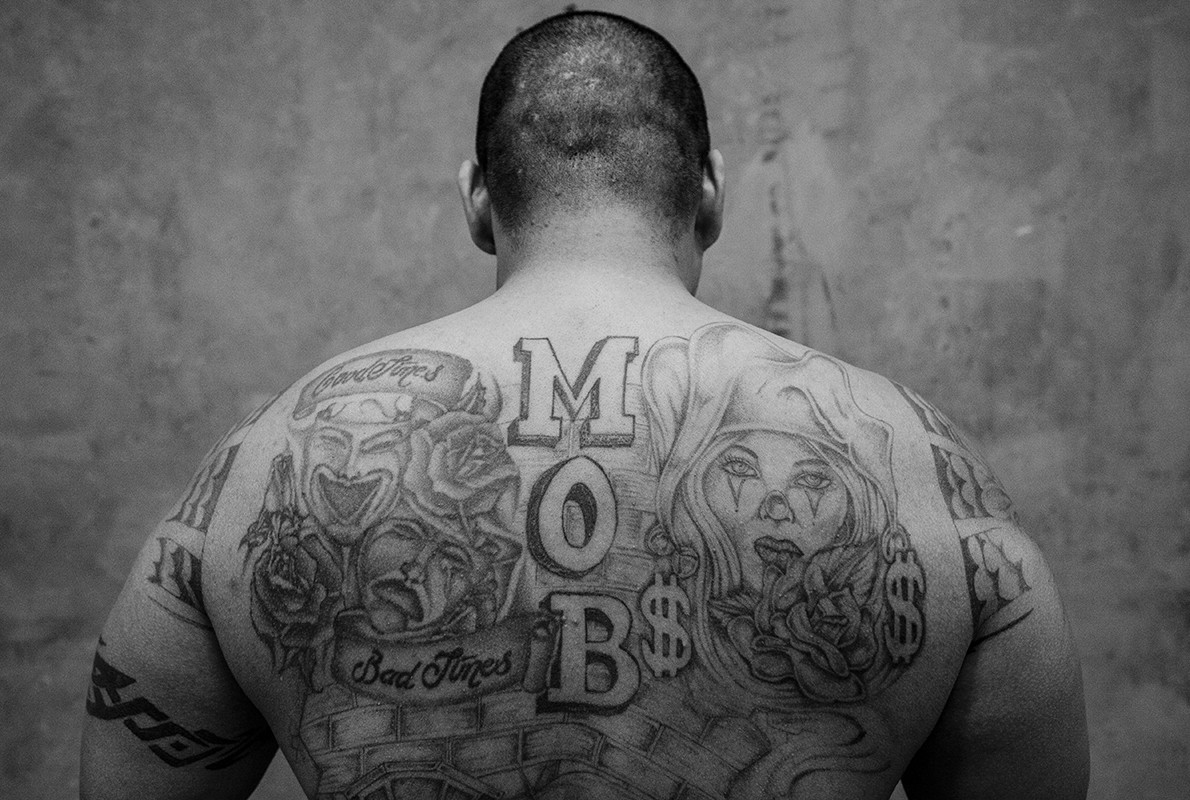How Prison Tattoos Are Made

People are fascinated by prison tattoos. (I include myself in “people.”) This post at Mental Floss tries to spell out their meanings. The Economist’s Wade Zhou has crunched their numbers. And for The Marshall Project, Joseph Darius Jaafari digs into their technologies and economies: how they are made and how they circulate.
In Reddit threads and YouTube videos, former inmates describe the painstaking task of making tattoo machines and colored ink. Prisoners take apart beard trimmers or CD players to get at the tiny motor, which they can adapt to make the tattoo needle go up and down quickly enough. (Tattoo artists who use beard trimmers can quickly put the shaver back on and trick guards searching for contraband.)
The needle itself is often made from a metal guitar string split in two by holding it over an open flame until it snaps in half, creating a fine point. The springs inside gel pens can also flatten into needles.
One former prisoner who now runs a tattoo shop said he used to make black ink by trapping soot in a milk carton placed over a burning pile of plastic razors or Bible pages. He would mix the leftover ash and soot with a bit of alcohol (for hygienic purposes). To get color, some inmates use liquid India ink that family members buy from arts and crafts stores.
Why Bible pages, I wonder? Is it an availability thing or a ritual thing? Or both?





Stay Connected